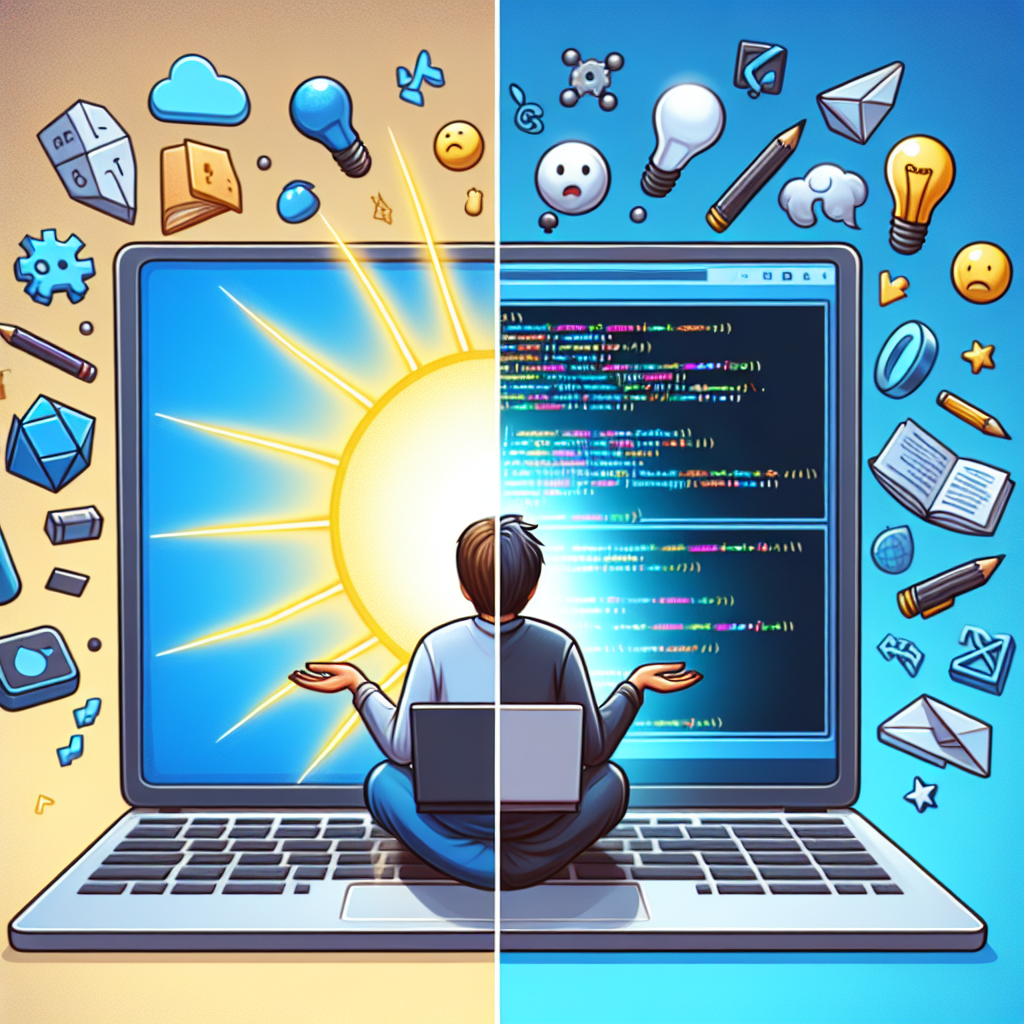Choosing how to learn programming can feel overwhelming: paid bootcamps, degree programs, or free online options all promise pathways into software development. This article walks through the practical advantages and trade-offs of freely accessible programming classes, helping you decide whether a cost-free route fits your goals and learning style.
Pros and Cons of Free Coding Courses
Free coding courses offer a low-risk entry point into technology. For many beginners, they provide an immediate way to test interest, build foundational skills, and explore different languages without financial commitment. But they aren’t a one-size-fits-all solution; quality, depth, and long-term support vary widely.
Key advantages
- Accessibility: No tuition removes a major barrier, enabling learners from diverse backgrounds to try programming.
- Flexibility: Self-paced formats let you learn alongside work or school commitments.
- Wide variety: You can sample multiple languages and frameworks—Python, JavaScript, HTML/CSS—before choosing a focus.
- Quick skill testing: Free modules and tutorials are ideal for validating interest before investing time or money.
Common drawbacks
- Variable quality: Many free resources are great, but others are incomplete or outdated, which can lead to gaps in knowledge.
- Less structure and accountability: Without deadlines, mentors, or cohort cohorts, some learners stall or never finish.
- Limited credentials: Free courses seldom carry formally recognized certificates valued by employers.
- Fewer hands-on projects and mentorship: Advanced feedback, code reviews, and portfolio guidance often require paid programs or community involvement.
How free courses fit different learning goals
If your aim is to explore programming casually or acquire basic scripting skills, free tutorials and MOOCs are often sufficient. For career transitions, especially into competitive roles, free content should be combined with project work, networking, and possibly paid certifications.
For learners seeking guided, career-focused curricula that incorporate AI tools or modern teaching techniques, consider supplementing free resources with curated pathways. For example, you can learn foundational concepts through complimentary modules and then follow structured, specialized programs that emphasize real-world projects and mentorship. A practical resource about integrating AI into coding education can be found here: how to learn to code with AI on Coursera.
Evidence on job outcomes
Labor-market research suggests that employment prospects depend more on demonstrable skills and experience than the price paid for learning. For an overview of industry job outlooks and demand in computing fields, consult the U.S. Bureau of Labor Statistics: BLS Occupational Outlook for computer and information technology. That page provides data on expected growth, common roles, and typical education levels employers seek.
Tips to get the most from free coding resources
Free courses can be turned into career-ready skills if you approach them deliberately:
- Build projects: Convert lessons into portfolio pieces—apps, websites, scripts—that demonstrate applied ability.
- Seek feedback: Join communities (forums, GitHub, local meetups) to get code reviews and mentorship.
- Structure your learning: Set milestones and deadlines to avoid losing momentum on self-paced content.
- Combine resources: Pair free tutorials with textbooks, documentation, and hands-on challenges to deepen understanding.
When to invest in paid options
Consider paid bootcamps, certifications, or degree programs if you need strong career support, mentorship, guaranteed outcomes, or a fast-tracked hiring pathway. Paid programs often provide career services, resume help, interview prep, and cohort accountability that free courses lack.
Short checklist before you start
- Define your goal: hobby, upskilling, or career change.
- Audit the course syllabus for up-to-date content and practical exercises.
- Plan a portfolio with 2–4 meaningful projects aligned to your target role.
- Map out community and mentorship resources to supplement the course.
FAQ
Q: Can free coding courses lead to a job?
A: Yes—if you pair them with self-directed projects, internships, networking, and demonstrable work. Employers prioritize skills and portfolio evidence over the specific price tag of your training.
Q: Are certificates from free courses valuable?
A: Certificates can show commitment and familiarity with a topic, but they typically carry less weight than accredited credentials or projects that prove your ability.
Q: How do I choose the best free course?
A: Look for updated syllabi, strong community engagement, hands-on assignments, and clear learning outcomes. Combine multiple high-quality free sources rather than relying on a single tutorial series.



